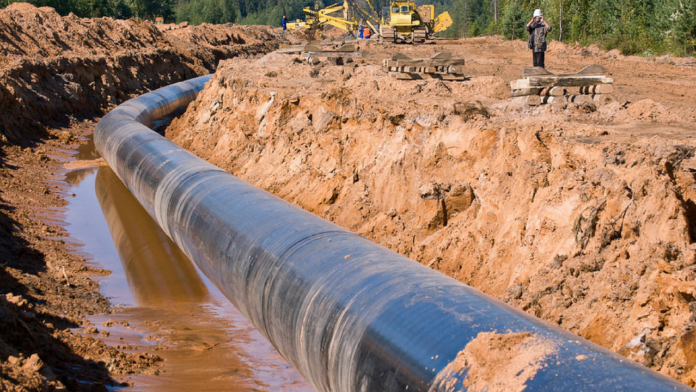WASHINGTON– A federal judge ruled that the Enbridge Pipeline need not be vacated or shutdown in a recent finding, pending substantiation of the US Army Corp of Engineers (USACE) findings.
The case and controversy surrounding the Enbridge Pipeline has been a long time in the making. Most visible to the public were the major protest that were held by indigenous people and environmental activist on the impact of an oil spill. However, the court battle between the Standing Rock tribe and USACE has been going on for far longer, starting when the Standing Rock tribe filed a lawsuit blocking construction of the pipeline in July 2016.
Throughout the case Judge James Boasberg has presided making one of his first rulings in September 2016, when he denied the Standing Rock tribe preliminary injunction. Since then the Obama administration halted the project in December of 2016, until the project was reopened by the Trump administration after his inauguration.
However, the tribe continued to protest many of the procedural aspects of the USACE when it came to the environmental review of the site. In June, the court determined that while USACE was not required to perform a Environmental Impact Statement (EIS), it would have to explain in more detail why it did not pursue a EIS. The court found the USACE’s investigation deficient in the areas of the highly controversial nature of the project in question, impact on indigenous hunting and fishing in the area, and the environmental justice concerns of the project. For these reasons the court issued a remand, meaning that further proceedings would be carried out in order to address the three deficiencies.
The last holding, on October 10, found that DAPL would not be forced to be vacated or shutdown as a result of remand, stating that “the ‘serious possibility’ that the Corps will be able to substantiate its prior conclusions, the Court finds that vacatur is not the appropriate remedy in this case.” The court was clear in its understanding that whether it granted a shutdown of the pipeline or not, people would be significantly harmed.
Perhaps on a bigger picture though, the court did find that evidence suggesting that rail transport of the crude to be more environmentally hazardous than the pipeline under Lake Oahe, to be lacking.
“On this record, Defendants have failed to persuade the Court that transport by train is significantly more dangerous than allowing oil to continue to flow beneath Lake Oahe. The record contains no concrete figures or substantiated studies regarding the risks presented by rail transportation versus DAPL’s Lake Oahe crossing. Instead, the Court is left with vague projections such as Defendants’ assertion that vacatur “could result in at least some portion” of the oil being moved via train and their broad claim that rail transport “poses a higher accident risk” than the use of pipelines.”
While this finding does not definitively state that rail is equal in environmental safety to pipelines, it does show that this empirical premise will not always stand up in a court of law under particular circumstances.













